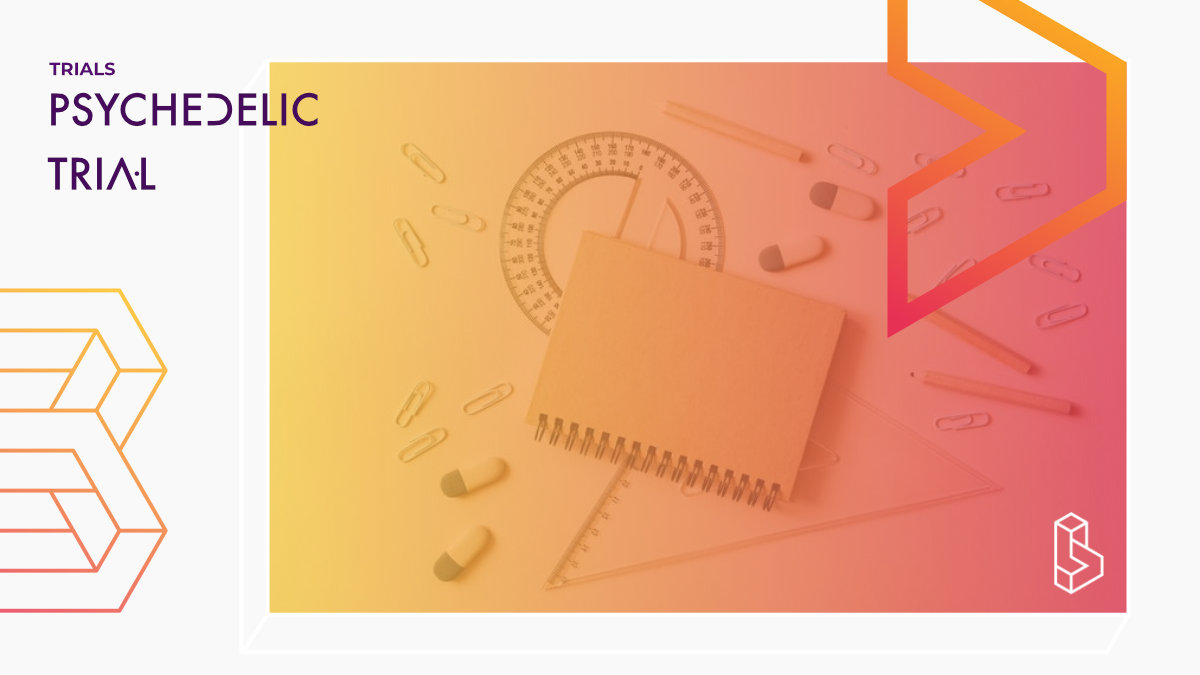The purpose of this study is to assess whether the antidepressant effect from intravenous (IV) ketamine treatment can be maintained by minocycline compared to placebo after IV ketamine treatment is stopped.
Topic Depression
Status
Terminated
Results Published
Start date
06 January 2013
End date
07 January 2014
Phase
Phase II
Design
Blinded
Type
Interventional
Generation
First
Participants
29
Sex
All
Age
18- 80
Therapy
No
Trial Details
This is a placebo-controlled (i.e., an inactive substance that is compared with a drug to test whether the drug has a real effect in a clinical trial), double-blind (neither physician nor patient knows the treatment that the patient receives) randomized (the drug is assigned by chance) study in patients with Major Depressive Disorder (MDD) and Bipolar Disorder Type II. The study is designed to assess whether the antidepressant response to treatment with intravenous (IV) ketamine can be maintained by treatment with minocycline in patients with MDD and Bipolar Depression Type II (compared to placebo). Both hospitalized patients as well as patients being treated as an outpatient for their current episode of depression can qualify for participation in this study. The study has four sequential phases: if eligibility for the study has been confirmed during the 21-day screening phase, the patients will enter a 12-day open-label (ie, patient and physician know the intervention that is being administered) treatment phase during which the patient will receive 6 open-label IV infusions of 0.5 mg/kg ketamine on Day 1, 3, 5, 8, 10 and 12 in combination with open-label minocycline, orally administered twice daily. All patients will remain at the study site for at least 4 hours after the IV ketamine administrations. Response to treatment will be assessed using the Montgomery-Asberg Depression Rating Scale (MADRS) which is designed to measure the overall severity of depressive symptoms. Patients responding to ketamine/minocycline treatment will be randomized to receive minocycline or placebo for 6 weeks during a 6-week blinded treatment phase or until relapse. A patient will be defined as a "ketamine responder" if there is a 50% or more decrease in comparison to baseline values (Day 1 predose) in the MADRS total score performed at 3 to 4 hours postdose on Days 8, 10, or 12, with a 40% or more decrease from baseline in the MADRS total score on Day 12. Patients not responding to treatment with ketamine/minocycline will be given the option to receive 100 mg minocycline twice daily as open-label treatment for a maximum of 6 weeks. The patients (both responders and non-responders) will have weekly visits following last dose of ketamine until Day 54 (responders/non-responders) or until relapse (responders) whichever comes first, to determine the duration of the antidepressant effect and to assess safety and tolerability after completion of treatment. Upon completion of the study (Day 54) or at time of relapse all patients will have an end-of-study visit. All patients can return to standard of care treatment at the end of the study. The total study duration for each patient will be maximally 11 weeks.Trial Number NCT01809340
Sponsors & Collaborators
Johnson & JohnsonOne of the largest pharmaceutical companies in the world, Johnson & Johnson are responsible for bringing esketamine to market in the form of Spravato.
Measures Used
Montgomery-Asberg Depression Rating ScaleA ten-item diagnostic questionnaire used to measure the severity of depressive symptoms in patients with mood disorders.

